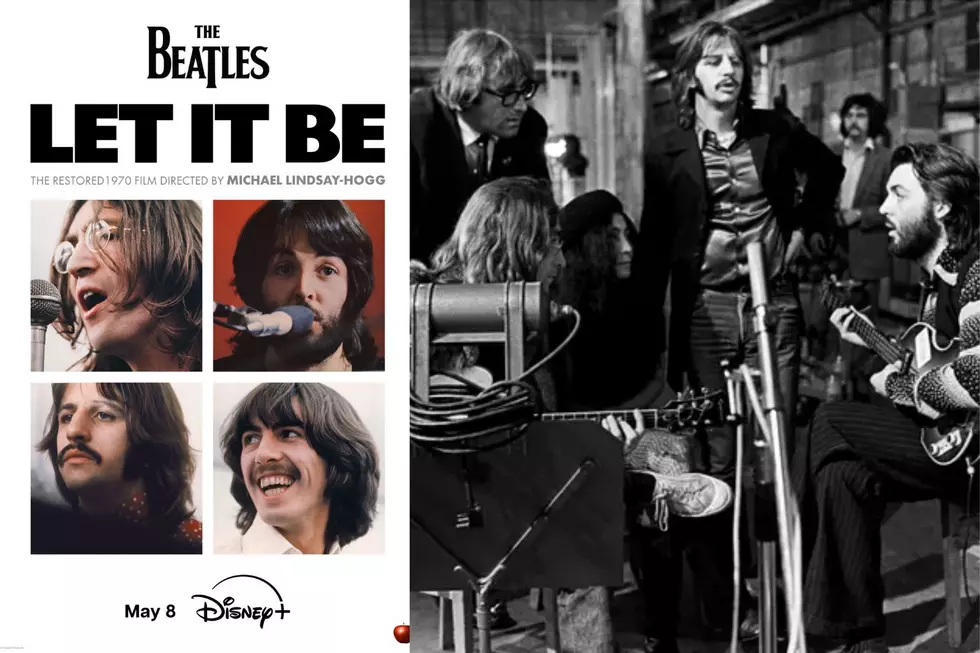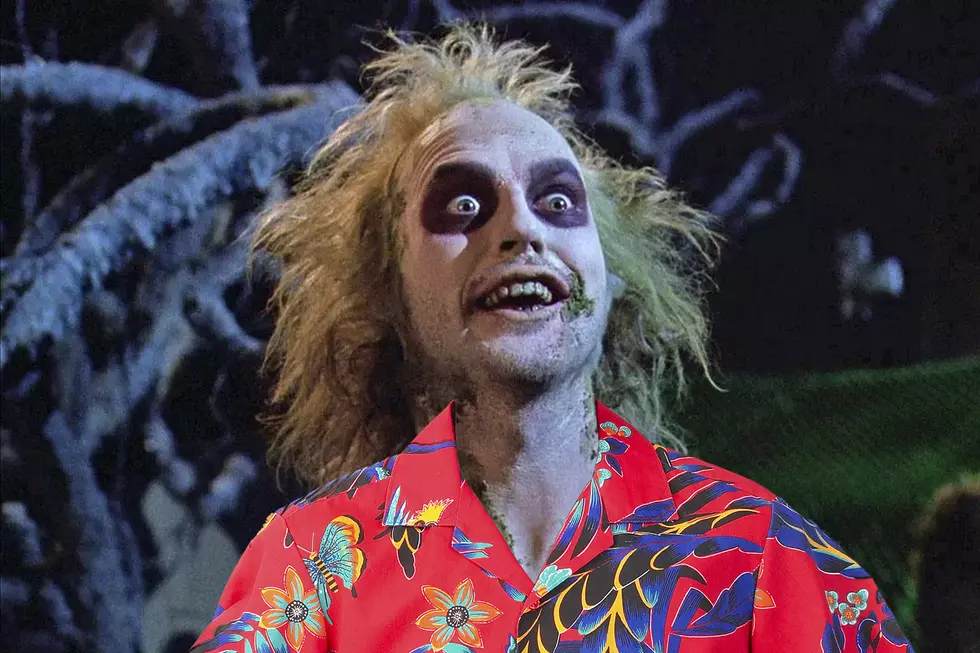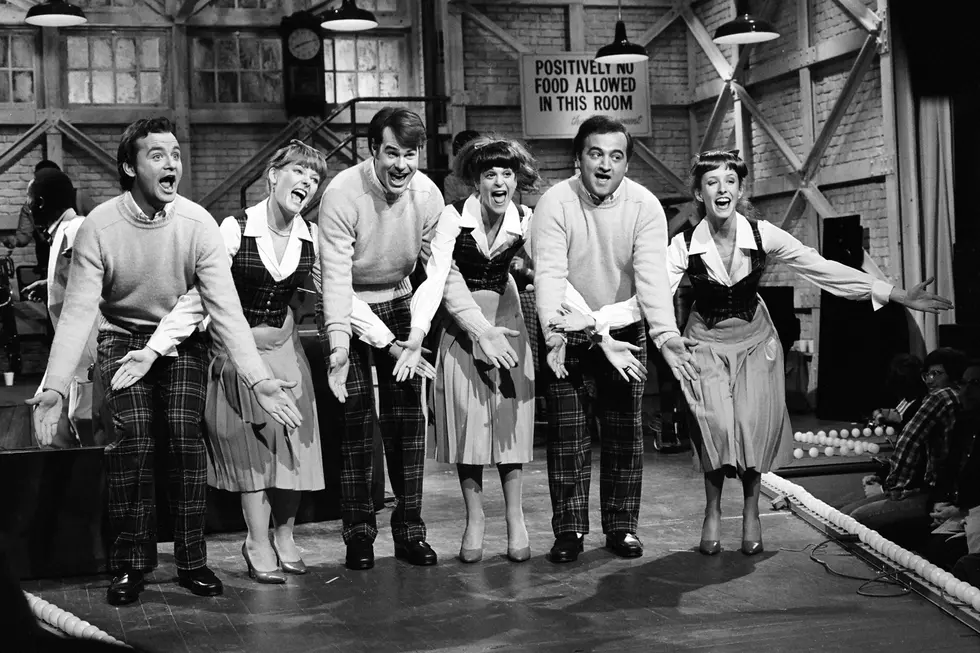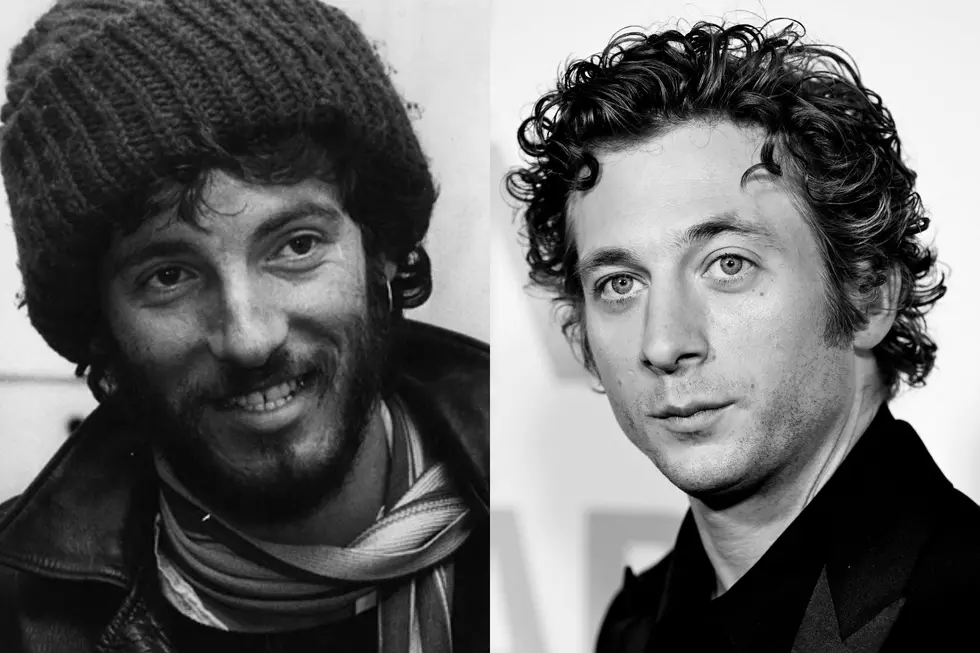
45 Years Ago: The Number of the Beast Goes Mainstream in ‘The Omen’
Horror movies were on the rise in the mid '70s, thanks to the success of 1973's The Exorcist. Actors who wouldn't even think of appearing in a scary film at the dawn of the decade were suddenly lining up for starring roles in pics that were far from their usual fare, and projects that would have ended up at some independent studio were now being scooped up by the majors.
It was a whole new playing field after the demonic-possession movie became a runaway commercial and critical hit. This new breed of horror movie uncovered the terror in the everyday lives of normal people who just happened to have a brush with supernatural forces.
In some ways, 1968's Rosemary's Baby gave the genre – which for the most part had been shuttled to drive-ins for the past decade – respectability: Roman Polanksi was one of the most buzzed-about directors of the era, and his American debut managed to net Ruth Gordon an Academy Award. But it's still essentially an art-house film with a sizable budget and big-studio backing. But it got the ball rolling, and led to The Exorcist and similarly minded movies.
So, by 1976, mainstream audiences primed on horror films like Young Frankenstein on one end of the spectrum and Jaws on the other were ready for The Omen, an Exorcist-like story about a young boy who turns out to be the Antichrist starring To Kill a Mockingbird Oscar-winner Gregory Peck and Days of Wine and Roses Oscar nominee Lee Remick.
Written by David Seltzer and directed by Richard Donner (two years away from the blockbuster Superman), The Omen deliberately builds its scares piece by piece around a family drama until the film's revelation – all those terrible things happening around little Damien aren't accidents at all – hits right around the same time you begin to realize none of the stars will make it to the end of the movie.
Of course, most viewers had a pretty good sense that things weren't going to turn out well for the people around Damien Thorn. With his piercing eyes in perpetual cold stare and a disquieting personality to match, the son of Satan raises hell from his earliest scenes.
Watch 'The Omen' Trailer
We first meet him as a baby, when he's secretly adopted after an American diplomat's wife presumably loses their own child while giving birth in a Rome hospital. Turns out the priest who arranged the adoption is a member of a cult that had the Thorns' newborn killed and replaced with the spawn of Satan and a jackal. On Damien's fifth birthday, his nanny hangs herself in front of party guests. That leaves the position open for a new caregiver, who also just happens to be a Satanist.
Things only get worse from there.
By the time The Omen concludes nearly two hours later, viewers witness an impaling, a group of terrifying baboons, a bloody decapitation, a main star violently tossed from a hospital window and the sight of a little boy about to be stabbed to death on an altar. There's also a foreboding final scene that positions Damien for future world power, just as the cult had planned from his birth – as well as three increasingly boring sequels (and a pointless 2006 remake).
Reviews for the movie were mixed upon its release on June 25, 1976, but audiences made it one of the year's hugest-grossing films. (It was Twentieth Century Fox's biggest opener ever at the time.) While The Exorcist's shadow hung over certain aspects of the critical reception and box-office tally for The Omen, its mainstream presence and influence were something else.
The demonic implications of 666, the number of the beast, had been around since the Book of Revelation. There's even a passage about its evil connection in Leo Tolstoy's War and Peace, one of the most popular and acclaimed novels ever written. But until a birthmark with the numbers 666 is revealed on Damien's scalp during the last third of the movie, few people really knew the connection to the Antichrist. All that changed after The Omen.
The numbers soon entered the mainstream and have become a permanent part of pop culture ever since, receiving top billing in songs (Iron Maiden's "The Number of the Beast"), TV shows (666 Park Avenue) and other movies (Flight 666). They were a big part in securing the film's legacy; even if you don't know The Omen, you know 666.
The Omen has since taken its place among the era's best horror movies. It's genuinely frightening at times, pushed along by Jerry Goldsmith's influential Oscar-winning score, which incorporates ominous Latin chants. Dozens of imitations followed in the years following its release, almost as many as The Exorcist brought on. And so much of the film, from characters to scenes to mood, has had a lasting impact on the genre. Going forward, horror movies were serious business.
The Best Horror Movie From Every Year
More From Ultimate Classic Rock









